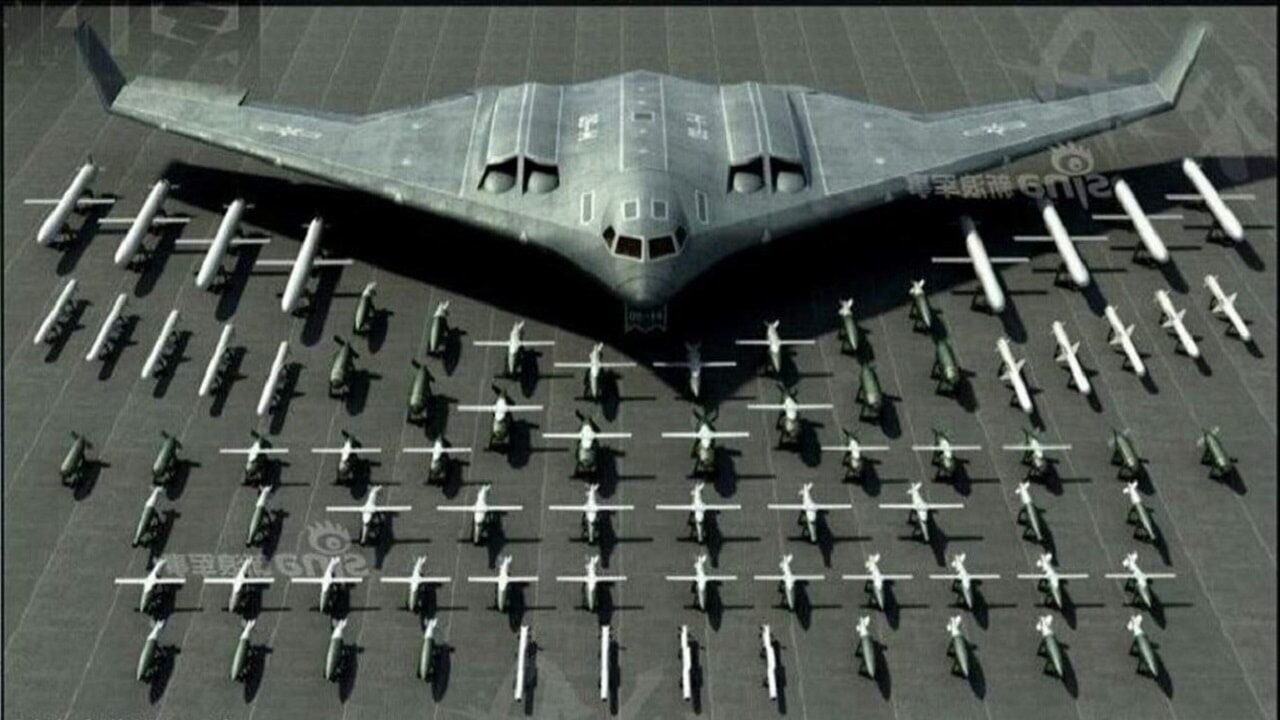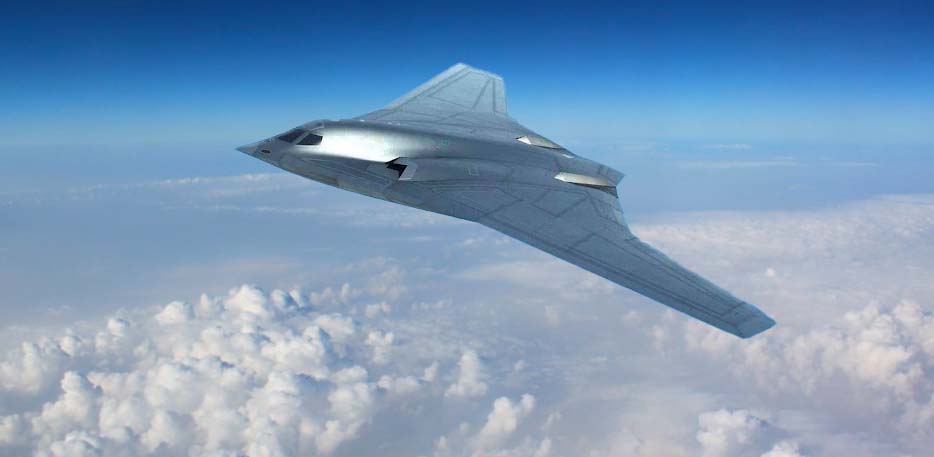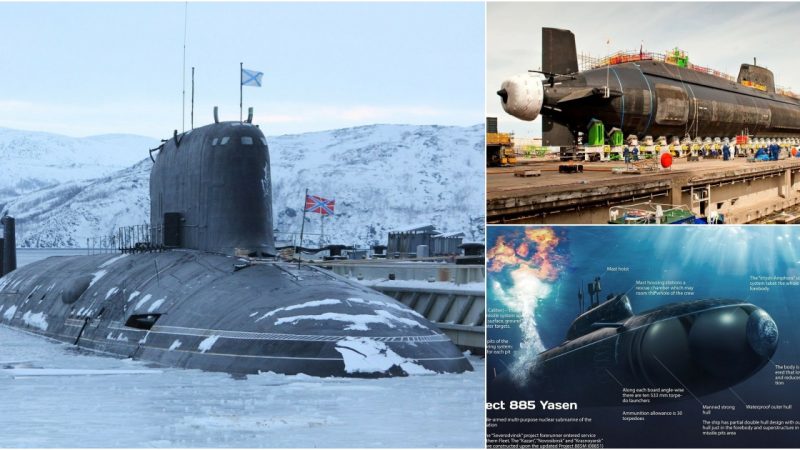The B-2: The Sole Operational Stealth Aircraft and the Apex of Advancement
The B-2 Spirit: A Cold War Relic in a Post-Soviet World
Arguably the world’s most distinctive aircraft, the B-2 Spirit is a flying-wing heavy stealth bomber. In fact, the B-2 is the world’s only operational stealth bomber, and with a total program cost of $2.13 billion per aircraft, it also holds the title of the world’s most expensive aircraft.
Product of the Cold War
The Spirit was designed during the climax of the Cold War, as part of the Carter administration’s “Advanced Technology Bomber” project. Its primary purpose was to penetrate the increasingly sophisticated Soviet air defenses and strike high-value targets.
To achieve this goal and bypass the sensitive and deadly Soviet air defenses, the B-2 was designed around stealth technology, allowing the bomber to penetrate contested airspace undetected. The B-2, with its low observability, is capable of deploying both conventional and thermonuclear weapons.
The program’s remarkable costs were considered reasonable during the Cold War when the B-2 was first designed and ordered. Initially, 132 bombers were expected to be built, giving the U.S. ample resources to penetrate Soviet airspace.
However, the fall of the Soviet Union, which occurred just two years after the B-2’s first flight in 1989 and over half a decade before its introduction in 1997, left the B-2 without its primary purpose.
A Shift in Priorities
In 1992, during the State of the Union Address, President George H. W. Bush announced that B-2 production would be slashed to just 20 aircraft, less than one-sixth of the original 132 aircraft projection. With the Cold War concluded, taxpayers and Congress were no longer willing to cover the bill for an expansive B-2 program. The cost of the B-2s had become something of a public controversy.
Congress’s General Accounting Office (GAO) stated in 1996 that the B-2 “will be, by far, the most costly bombers to operate on a per-aircraft basis.” The B-2 would cost three times as much as the B-1 and over four times as much as the B-52.

Further compounding expense issues were the B-2’s maintenance requirements. For each hour of flight time, the B-2 required 119 hours of maintenance, compared to the B-1’s 60 hours and the B-52’s 53 hours.
The Need for Specialized Infrastructure
B-2 costs were further increased by the need for specialized hangars, which had to be large enough to accommodate the B-2’s 172-foot wingspan and cool enough to accommodate the B-2’s heat-sensitive stealth “skin.”
The Tab Was Not So Stealthy
All in all, the B-2 costs roughly $135,000 per hour of flight time, double the cost of either the B-1 or B-52. This runaway bill, for an aircraft without many purposes in the post-Soviet era, became unacceptable.
The Spirit wasn’t the only weapons system that looked good to budget planners in the free-wheeling 1980s but caused controversy in the Soviet-less 1990s. The Seawolf-class submarine suffered a similar fate. Designed in the 80s as a successor to the Los Angeles-class sub, the Seawolf is a nuclear-powered fast attack sub.
Initially, the U.S. Navy was slated to receive 29 Seawolf subs. Intended to counter the threat of Soviet ballistic missile submarines such as the Typhoon and Akula classes, the Seawolf-class was bigger, faster, quieter—and more expensive—than its predecessor.
At $3 billion per unit, the Seawolf is the U.S. Navy’s most expensive fast attack submarine ever built. When the Soviet Union fell, public willingness to cover the Seawolf’s bill diminished.
The original 29-sub fleet was significantly reduced, and only three Seawolf subs were ever built. They remain in service today, serving, like the B-2, as a reminder of how abruptly the Cold War ended.
Video:
Hits: 22










